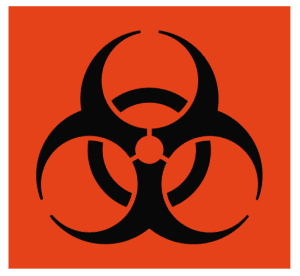Bloodborne pathogens cannot survive for extended periods outside of the body, but they can survive in bodily fluids for days or weeks. Although infection is not imminent, bloodborne pathogens can enter the body from any mucous membrane, including minor scrapes or cuts. Therefore, protecting yourself is the first step toward preventing transmission.
Curriculum
Bloodborne Pathogens 2023
Protect Yourself from Bloodborne Pathogens
WHAT DOES IT MEAN TO PROTECT YOURSELF?
Protecting yourself includes understanding bloodborne pathogens, where they may be, taking standard, universal precautions, following handwashing protocols, and thinking about your actions in advance.
ALWAYS THINK ABOUT YOUR ENVIRONMENT TOO
An environment can be unsafe. Other employees, family members, or other events must always be considered before you begin dealing with possible bloodborne pathogen exposure.
Imagine a car accident victim who has suffered severe wounds. Make sure the scene of the accident is safe before you proceed.
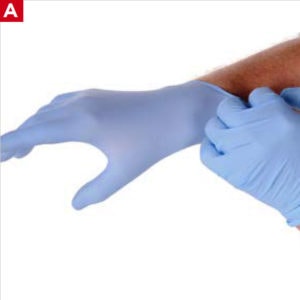
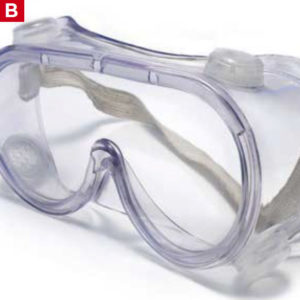
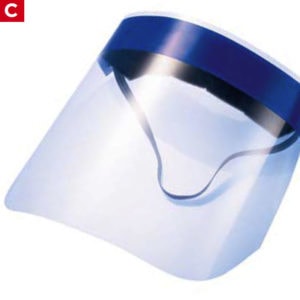
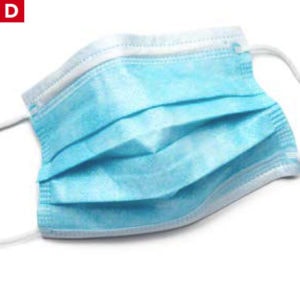
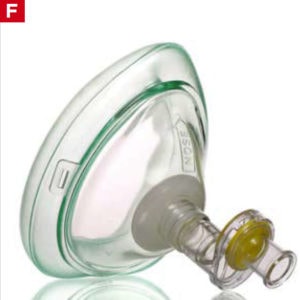

FOLLOW UNIVERSAL PRECAUTIONS
Universal precautions are simple. They dictate that until proven otherwise, any bodily fluid may contain the bloodborne pathogens that could kill you.
In other words, wear appropriate personal protective equipment (PPE) as needed to prevent exposure, which includes the following:
- Gloves (Figure 2a).
- Goggles (Figure 2b).
- Face shield (Figure 2c).
- Mask (Figure 2d).
- Waterproof gown (Figure 2e).
- CPR mouth shields, “mouthguard” (Figure 2f).
WHAT TYPE OF PPE IS NEEDED?
The type of PPE depends on the unique circumstances of each case. If blood is likely to come into contact with your clothing, wear a waterproof, disposable gown. Always wear gloves, and if splashing or coughing is likely, a face shield or mask may be needed.
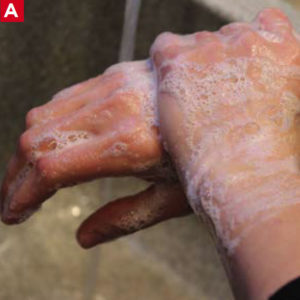
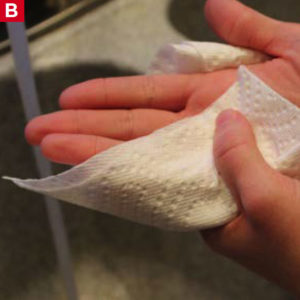

FOLLOW HANDWASHING PROTOCOLS
- Turn on the faucet to warm water. You want the water to be warm but avoid scalding, painful temperatures. If the towel dispenser is not automatic, make sure you can access the towel without touching the towel with dirty hands. For example, the small wheel on the side may need to be turned.
- Wet your hands thoroughly.
- Apply soap, and work your hands into a lather vigorously. Clean all surfaces of the hands, including two inches up your wrists (Figure 3a).
- Wash under your fingernails by making a scratching motion from side to side in the palm of your opposing hand.
- Rinse from the wrists toward the fingertips. Avoid touching the basin of the sink or any other surface while rinsing.
- Towel off. Throw the used paper towel away (Figure 3b).
- Use a new dry towel to turn off the water as the old wet towel could be a vehicle for pathogens to get back onto your hands (Figure 3c). Throw away.
- Use a new towel to open the door.
THINK BEFORE YOU DRINK
When it’s break time, it can be tempting to head straight for your drink or snack. However, you should always wash your hands before ever touching something that will come into contact with your mouth. This includes food, tobacco, vaporizers, drinks, and makeup.
LEARN TO IDENTIFY BIOHAZARD SYMBOLS
Biohazard symbols indicate what type of pathogens may be present in an area. Biohazard symbols tend to have bright orange or red-orange backgrounds with letters indicating biohazard.
Your workplace has specific rules regarding where biohazards may be discarded, so check with your supervisor or ECP for guidance.
Never discard biohazardous waste in ordinary trash cans.
